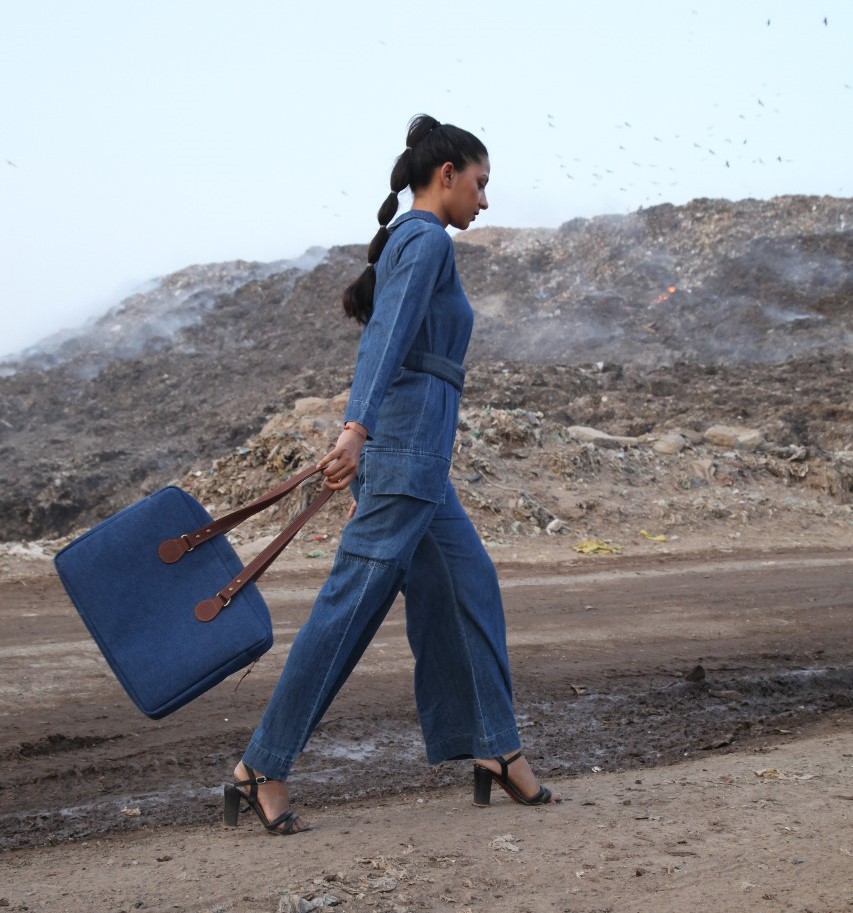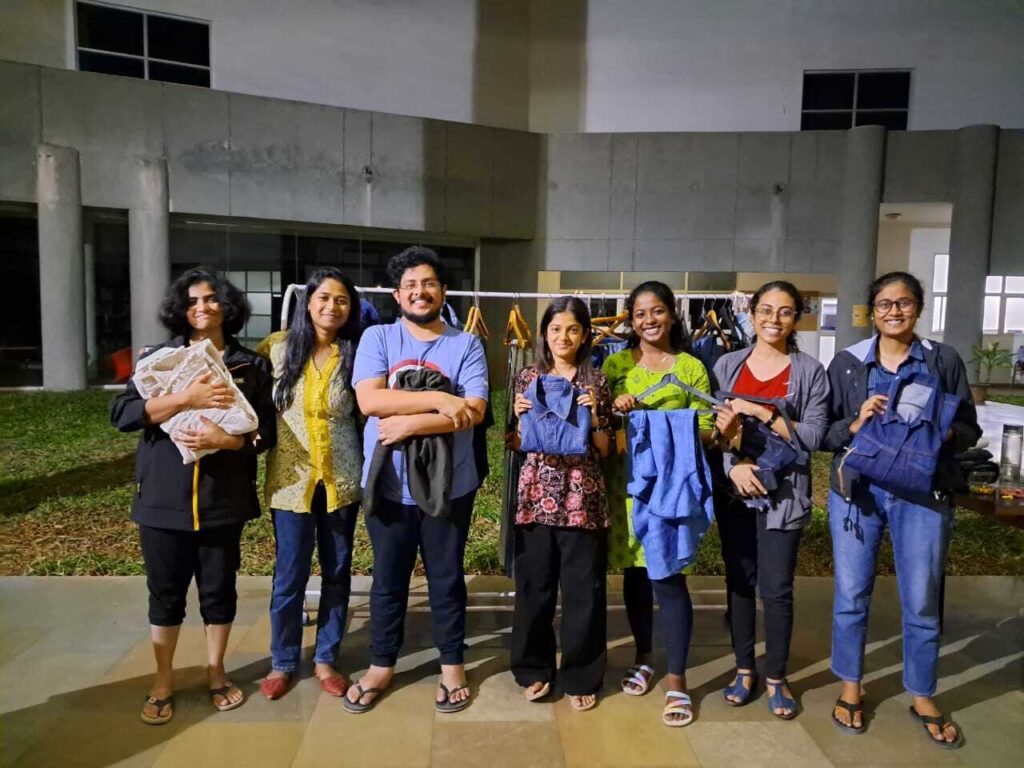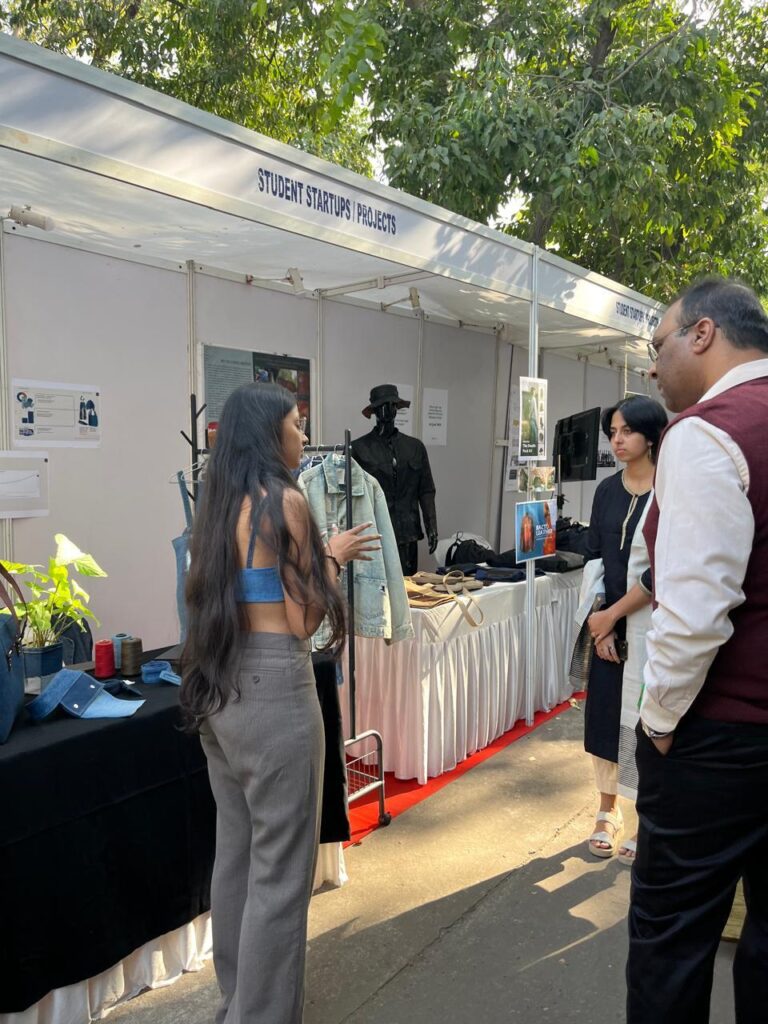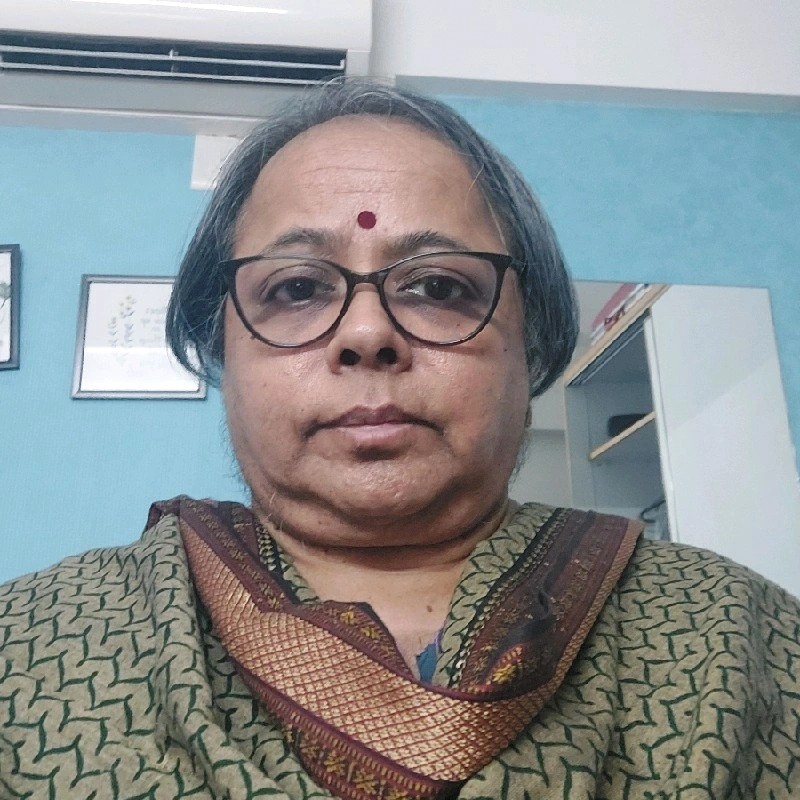When Sakshi Kumari was a child, her mother would tell her not to waste food on her plate. She would make tasty parathas the next day from leftover food. This memory stayed with Sakshi. So, when she worked in the denim industry she was dismayed by the huge fabric waste.
“You won’t believe this. Around 20 per cent of the fabric is wasted during the production process of denim garments. It’s a huge waste for the industry and environment. Around 288 million meters of denim are wasted in India every year! This waste goes to landfill. Or, it is burnt with coal. Incineration of one metre of denim leads to the production of 0.9 kg of harmful CO2 emissions,” says Sakshi, a post-graduate student in apparel design at the National Institute of Design (NID), Gandhinagar.
Sakshi has set up a venture Statement Denim, which was recently incorporated. It is currently housed in the incubation centre at NID, Ahmedabad, as it is her post-graduation project. The venture upcycles waste denim bought at a low price from companies into garments (jeans, shorts, jackets, shirts, tops, skirts, dresses and kurtas), bags, laptop bags, belts, footwear and other products.
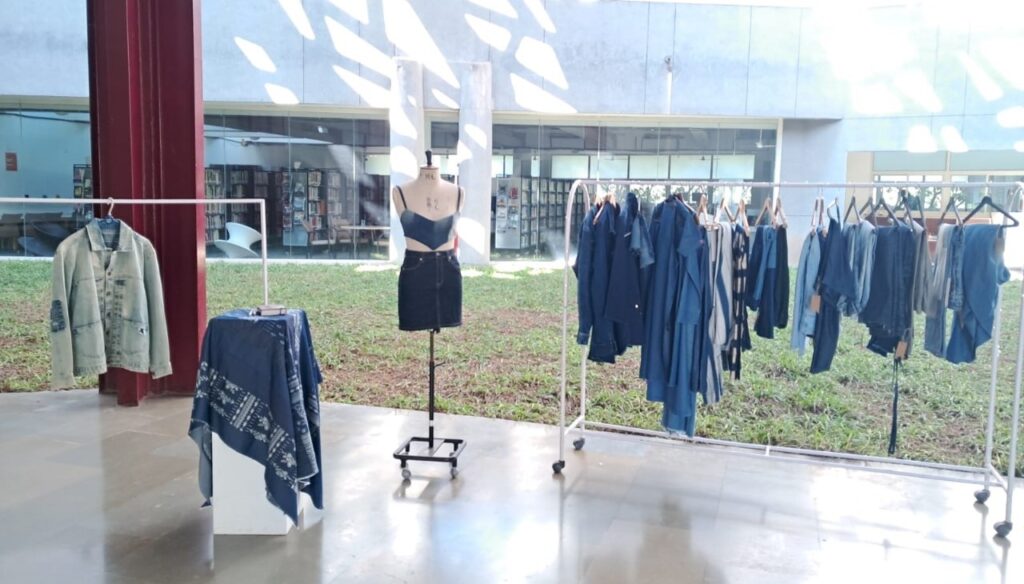
“I pay the company 10-30% of the cost depending on the quality of fabric. Companies are happy to sell the fabric. It solves their waste management problem. I then evaluate the fabric to decide what can be made from it – a bag, shirt or skirt. I don’t order any new material,” she says.
There are three approaches to dealing with waste, explains Sakshi. Upcycling (the best option) is what her venture is doing. Downcycling is tough in the case of denim. It involves shredding the fabric and making cotton balls which can be used as fillers in mattresses, cushions and soft toys. Processing of yarn from the shredded cotton is recycling. Recycling does cause pollution and involves labour cost.
Starting Young
Sakshi’s tryst with upcycling began when she was just six years old. “My aunt had a tailoring shop in which fabric was discarded in a basket. One day I picked up some fabric from the basket and, with some help, made a pair of shorts for my younger brother. Though it was nowhere near perfect, my brother was very happy wearing it,” she says with a smile.
In spite of some opposition from family, she followed her dream and studied at National Institute of Fashion Technology (NIFT), Gandhinagar. During her internship she chose denim as her option. After graduating from NIFT, she worked in the apparel industry, mostly with denim companies, for three years.
“There are many fabric and garment manufacturers in the area around Ahmedabad where I worked. The amount of pollution has to be seen to be believed. Sometimes I saw street dogs coloured in indigo!”
After gathering work experience, Sakshi joined NID for a post-graduation. She says the Chiripal Group, where she worked, has been very supportive of her venture.
Making a Statement
“I offer customers ‘guilt-free denim’. I tell them how much water they have saved (one pair of jeans needs nearly 3000 litres of water to produce!) and how much emission they have prevented by buying an upcycled product. The youth are very excited by these facts. They want to contribute to making an environmental impact and make a statement by wearing/using upcycled denim products. I am planning to give incentives to customers,” explains Sakshi.
In her upcycling plan, Sakshi says she has been inspired by ‘Kintsugi’, the Japanese art of repairing broken objects like ceramic pottery or glass. “The idea of sustainability and preventing wastage is present in many practices we follow. For instance, we use old towels to wipe the kitchen or mop the floor,” she says.
When she started, Sakshi wondered whether her project would be viable. When she sold 25 garments in 40 hours at NID in the pilot project, she felt she must pursue this further. She received a USD 12,000 grant from ‘i-Hub’, a Government of Gujarat enterprise.
Statement Denim has saved 216 kg of CO2 emissions till date. The upcyling venture has the potential to reduce carbon emissions by 60 per cent as compared to regular denim, says Sakshi apart from saving 90 per cent water. “The labour cost in my venture is high. I outsource the work to vendors who understand what I want. The craft work like embroidery or mirror work is done by women from Kutch,” she adds.
The range of products is affordable apart from being sustainable. A crop top with mirror work costs around Rs 2,000, a belt around Rs 600, shoes Rs 2,500 and boots Rs 3000. The venture is trying to connect with the corporate sector with sustainable gifting options.
Used Garments
Apart from waste during production, waste is generated when old denim garments are discarded. To tackle this Sakshi has ‘take back’ programmes and ‘repair and customising’ services planned.
In the first case she is working on creating a channel to collect old denim garments from people, who are planning to discard them, and work on them. “Denim gets more beautiful with age. Also, with time, people may require to alter the size of their denim garments. Or, they may want some craft work done on their garments. Some people may want a pair of jeans to be altered into a skirt or a bag. My venture plans to get into this kind of customization as well,” says Sakshi.
Since she is very conscious of the wastage aspect, she is also very conscious about maintaining a limited inventory and making garments mostly on order basis. Any waste will be shredded and made into a sheet and be used in packaging. The plan is for a zero-waste model.
After graduating from NID, Sakshi plans to relocate her venture in Ahmedabad itself. Gujarat ranks third in the world in denim manufacture. So, it makes sense to stay here rather than transport fabric to another location, which will cause pollution and be environmentally unfriendly. The global denim market is approximately $43.6 billion. The sustainable market size is 10% = $4.36 billion, she says.
Surprisingly, she has many customers in the 40-60 age group. A couple of senior citizens have made requests for ‘half and half denim’ – a combination of light blue and dark blue denim. “I can’t define my customer based on age group. It is the mindset that is the defining factor. Environmentally conscious people are my customer base.”
Future plans also include partnering with recycling technology providers and focus on minimizing waste generation through optimized design, says Sakshi.
Aruna Raghuram is a freelance journalist based in Ahmedabad. She writes on women’s issues, environment, parenting and social enterprises.



